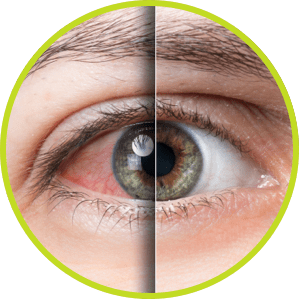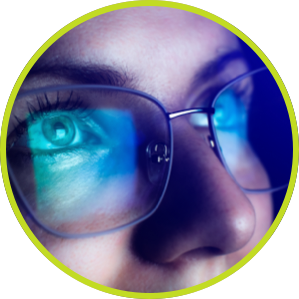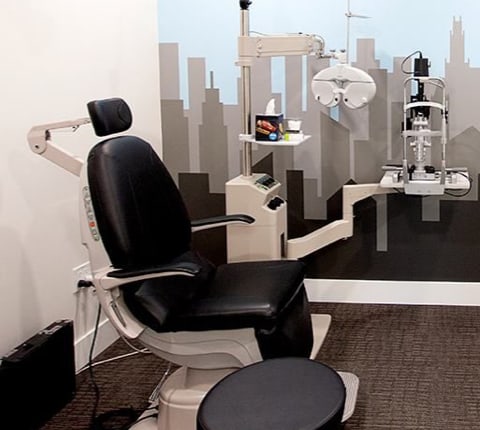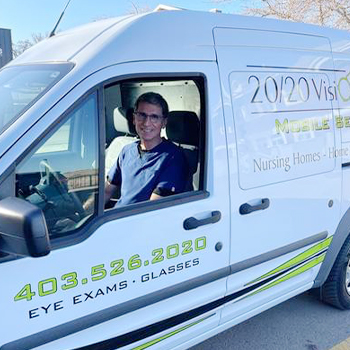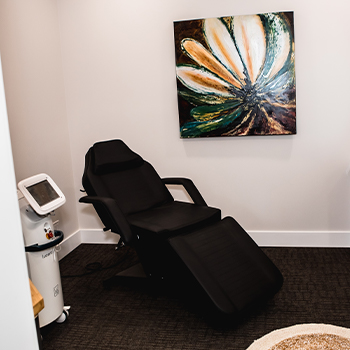The vast majority of people who are ‘colour blind’ are not actually blind, nor do they see only black and white. People who are referred to as being colour blind can actually tell the difference between most colours. The only difficulty they have is distinguishing the difference between certain colours, usually red, green and yellow. The proper terminology for this condition is a colour deficiency
True colour ‘blindness’ where people don’t see any colour at all is called achromatopsia and it is extremely rare (0.003% of the population). Not only do these individuals lack colour vision, but they also have difficulty reading the newspaper and their vision may be too poor to drive.
But let’s return to the much more common condition called a colour deficiency. Colour deficiencies come in a few different varieties and many levels of severity. The most common form of colour deficiency is the lack of ability to distinguish between certain reds, greens and yellows. These individuals may also have difficulty distinguishing between blue and purple or blue-green and green.
Why do colour deficiencies happen?
Colour deficiencies are most often of a genetic nature; it is something that people are born with. The gene that affects a person’s colour perception is a recessive trait and is located on the X chromosome. As such, colour deficiencies are much more common in males (who only have one X chromosome). Females, who have two X chromosomes, only need one of the two X chromosomes to be functional in order to have normal colour vision.
What does colour blindness actually mean?
If you are curious about how these genetics work, feel free to research “X-linked recessive” on the internet or in textbooks. Another important note is that not all colour deficiencies are genetic. There are some cases when it can be acquired later in life, but this change is either due to eye disease or certain medications.
How does the deficiency occur?
In the eye, there are three types of cells called ‘cones’, which are responsible for absorbing light and changing it into a neural impulse to our brains to be perceived as colour. Each type of cone is better at responding to different colours. Blue cones respond best to blue light, green cones respond best to green light, and red cones respond best to red light. For someone with a colour deficiency, the types of cones present in the eye are different. For example, instead of the “green” cone responding best to green light, it responds best to yellow and orange light. In this case, the altered “green” cone is now overlapping the region of colours to which the red cone responds. The greater the overlap of colours sensed by two cone types, the fewer shades of colour are seen and the greater the deficiency.
How common is a colour deficiency?
Because of the way genetics work, about 6% of males are colour deficient and only 0.4% of females are colour deficient.
How do colour vision deficiencies affect everyday life?
For someone who is not colour deficient, it may be surprising to know that those with colour deficiencies can operate quite normally in every-day life. Part of the reason is that coloured displays have been designed with colour-deficiency in mind. For example, the colour of the green traffic light was selected to be a green to blue-green shade so that it will not be mistaken for the red or yellow traffic lights as would be the case if the green signal was a yellowish-green shade.
Another example is distinguishing between red and green on a computer monitor. If red and green were displayed side by side on a computer screen, the colours would look the same for someone with a red-green colour deficiency; however, they could still correctly tell you which one is red or green. This is because although the colours look the same, the brightness of the colours is different. Greens on computer monitors are usually brighter than reds, so they will most often be able to correctly identify greens and reds based on the relative brightness of the colours. Because of these clues, sometimes people can be colour deficient and not even know it.
Even though their perception of colour is different, the only real handicap that a person with colour deficiency would have is their career choice. Because colour coding and colour identification are critical in certain occupations and professions, there are minimum requirements for colour perception. Different occupations and professions have different requirements and so it will be necessary to investigate further when researching different career choices. In general, most occupations will accept someone with a mild colour vision deficiency, but disqualify or place restrictions on someone with a more severe colour vision defect.




